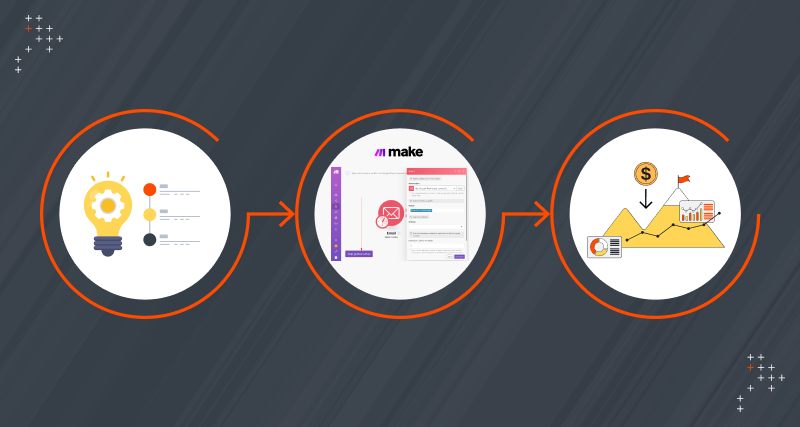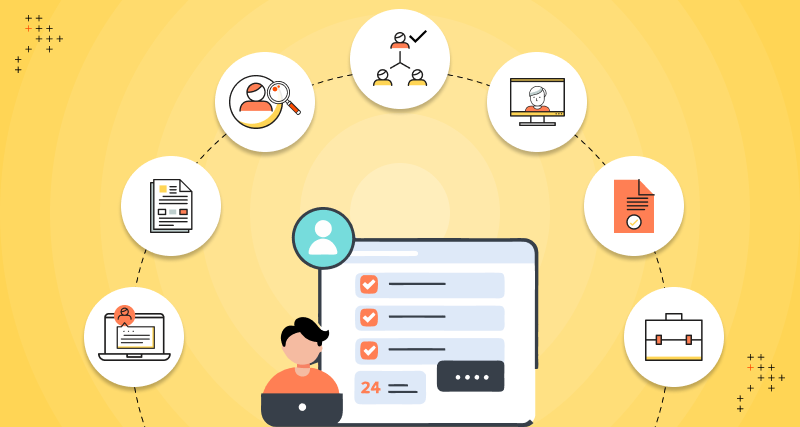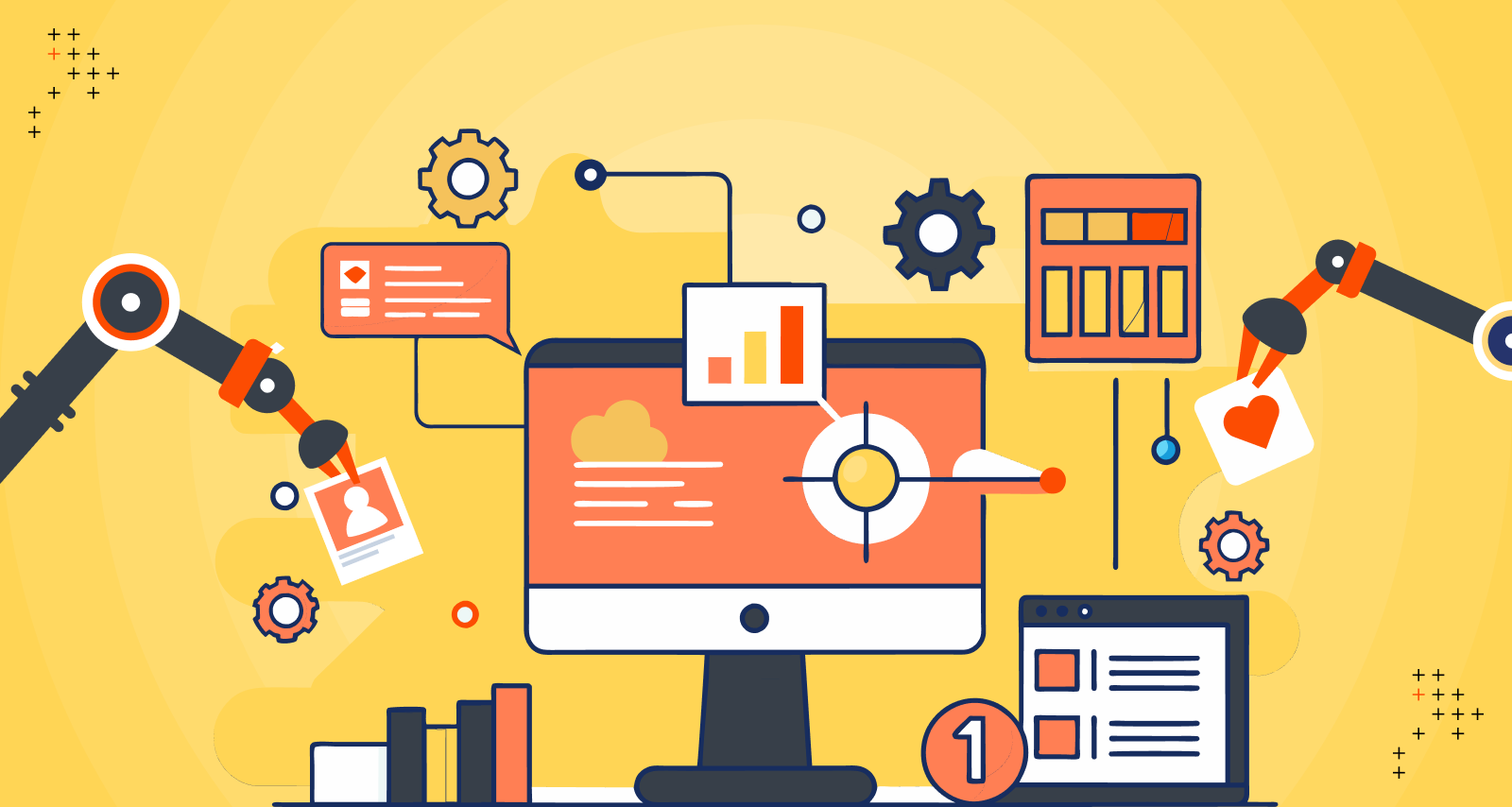Introduction
"80% of projects fail due to over budgeting. By integrating costing and leave management in project planning, you can predict changes in patterns and allocate resources to manage costs effectively." - Michael Cannon, Director, Intelligent Automation, Axelerant.
The Situation
Initially, like many companies, we invested heavily in systems for project planning but were still doing manual entries and maintaining spreadsheets.
Over time, we noticed that teams were constantly in flux. Leaves, salary changes, promotions, upskilling, etc., had a direct impact on project planning. Our existing system was costing our delivery teams time and money, and we needed help understanding the team topology for effective allocation.
The result was missed connections, repeated checks across multiple apps, and confusion about availability and productivity. It was evident that we needed a transformation.
The most critical aspect of project planning is resource allocation. Effectively gauging capabilities at all points during a project determines its efficiency and success.
The Decision
We asked two main questions: What are we automating, and why?
The advantage was that Axelerant is inherently agile. We rapidly evolve to meet our changing needs.
Our goal was to prioritize our people, ensuring productivity and purpose while maintaining work-life balance. Instead of merely cutting costs, we aimed to optimize project planning by aligning team schedules. For instance, a team member's leave shouldn't disrupt project delivery.
The Outcome
Michael Cannon, our Director of Intelligent Automation, knew that incorporating automation could reduce project planning time by 40% and increase accuracy by 35%. With a firm purpose and the technologies in place, we automated our team member costing and leave management into our delivery system for better people management.
Specific information tied to a specific system = Desired outcome
This integration led to a system on Make that matched project needs with the right team members based on skills, growth potential, and availability.
The Vision
Our vision was clear: enable teams to forecast, monitor, and adapt for effective project management.
Project Management Role: Integrate cost and leave data for comprehensive financial insights, informed decisions, and efficient resource allocation.
Financial Perspective: Aid budgeting, forecasting, and cost management to prevent overruns and achieve financial goals.
Risk Management: Use integrated costing information to identify and mitigate financial risks, enhancing project stability.
Enhanced Decision-making: Provide a holistic view of costs and resources, allowing stakeholders to prioritise, allocate efficiently, and optimise outcomes for better ROI.
How Did We Achieve This?
While automation can make project planning more rapid, less costly, and more consistent, the process is fragmented. To avoid this, we integrated various administrative and infrastructure platforms, such as Timetastic, Zoho People, Google Workspace, etc., onto Make data stores for data permanence.
Integrate and Automate Using Make

We rely on Make for its robustness and seamless integration capabilities. By implementing a two-way integration, we enabled the delivery teams to access essential people information while comprehensively understanding workplace dynamics. Ultimately, everything converged onto a single platform, addressing the challenges of integrating various administrative and infrastructure elements before automating.
Here's a detailed rundown of how we brought this system to life for our teams -
DS-AUTO162 - New Staffing Plan Notifications

This Make scenario automates Slack notifications for new staffing plans. It pulls data from a Google Spreadsheet, interacts with Slack to search for users and send messages, and processes data from other sources. It checks for existing Slack IDs, sends invites, and handles errors, ensuring efficient and clear communication across project teams.
DS-AUTO162 - Staffing Plan End Notifications

Like new staffing plans, staffing plan end notifications are equally important. This scenario notifies relevant stakeholders about the end of staffing plans for specific projects through Slack messages, ensuring everyone stays informed.
DS-AUTO-522 - Leave Notification in #status Channel

The scenario automates notifications about employees' leave statuses in relevant Slack channels, pulling data from Timetastic to keep everyone updated.
DS0200 - Client Risk Register

This scenario ensures comprehensive risk management. It creates groupings, generates new spreadsheets with Jira issues, moves files within Google Drive, and notifies the Delivery Services team.
DS400IG - Weekly Support Sentiment Check-In

This scenario collects and shares support sentiment data within the organization. It utilizes Google Sheets and Slack integrations for data processing and notification, fetching and filtering data, cross-referencing it with a datastore, setting specific variables, sending formatted messages to a Slack channel, and updating the source Google Sheet.
DS-AUTOMATION-277 - Leave Reports

This scenario automates the generation of leave reports by integrating various data sources and platforms. It uses Google Sheets, Slack, and Datastores to compile, process, and distribute leave information for team members, streamlining the reporting process.
The Impact
"We all like some good numbers and for Axelerant, after incorporating Intelligent Automation, the project teams saw an overall increase in efficiency by 20%. The team has also predicted a 100% cost reduction in about 5 years for delivery. So, while there is not a grand project cost benefit immediately, over time you can reach some pretty good numbers." - Hetal Mistry, Director, Global Delivery, Axelerant.
The organisation started seeing -
Better Cost Control
Our delivery team now enjoys real-time visibility into projects with a timeframe tailored to their decision-making needs. We swiftly identify potential cost overruns, continuously track budget and resource utilisation, and proactively mitigate financial risks.
Accurate Budgeting
By utilizing historical cost data, we've improved our budgeting accuracy. Estimating future project costs has become more effective, ensuring our budgets are realistic and aligned with project objectives.
Scalability
One of the most significant benefits was scalability. As Axelerant grows, our automated systems scale effortlessly, handling increased complexity and volume without compromising efficiency.
Improved Resource Allocation
Automation revamped our resource allocation planning. Integrated cost data allows us to optimise how we assign resources, ensuring we best use our team's skills and availability.
Risk Management
Identifying and managing budget-related and staffing risks has become simple. With automated systems, we can analyze data to forecast potential variances and develop tailored risk mitigation strategies. This proactive approach enhances project stability.
Clear Stakeholder Communication
We now provide clear insights into financial aspects, enabling stakeholders to understand the project's financial health and make informed decisions. This transparency builds trust and strengthens our relationships.
Improved Work Quality
Our team's morale has soared, translating into higher-quality work. We can now just look at training needed for people for project productivity and professional growth. With balanced workloads and clear expectations, employees put in extra effort and attention to detail.
Conclusion
While numbers are significant, we often overlook the human aspect of an organization that forms its core. Automation empowers people to focus on their jobs and bring in new perspectives, which ultimately leads to a company's growth.
The Intelligent Automation motto at Axelerant is to empower people and humanize systems. This mantra of sorts guides all the solutions we create for our clients.
Do you have any questions? Contact us for a consultation now, or post your problems in the comments section, and we will respond.

Michael Cannon, Director of Intelligent Automation
Living remotely in Taiwan with 4 incredible sons, 3 playful cats, and one fiery partner. As Director of Intelligent Automation @Axelerant, they are dedicated to building trust in Axelerant as your go-to agency partner through their journey in #Automation, #Empowerment, and #Productivity.

Saakshi Dutta, Marketing Associate
A free-spirited and eccentric explorer, Saakshi brings fresh perspectives to every endeavor—continually looking up at the stars and pushing boundaries. She is passionate about photography, filmmaking, and trekking, always eager to discover new places and tell stories that often go unheard.

 We respect your privacy. Your information is safe.
We respect your privacy. Your information is safe.




Leave us a comment